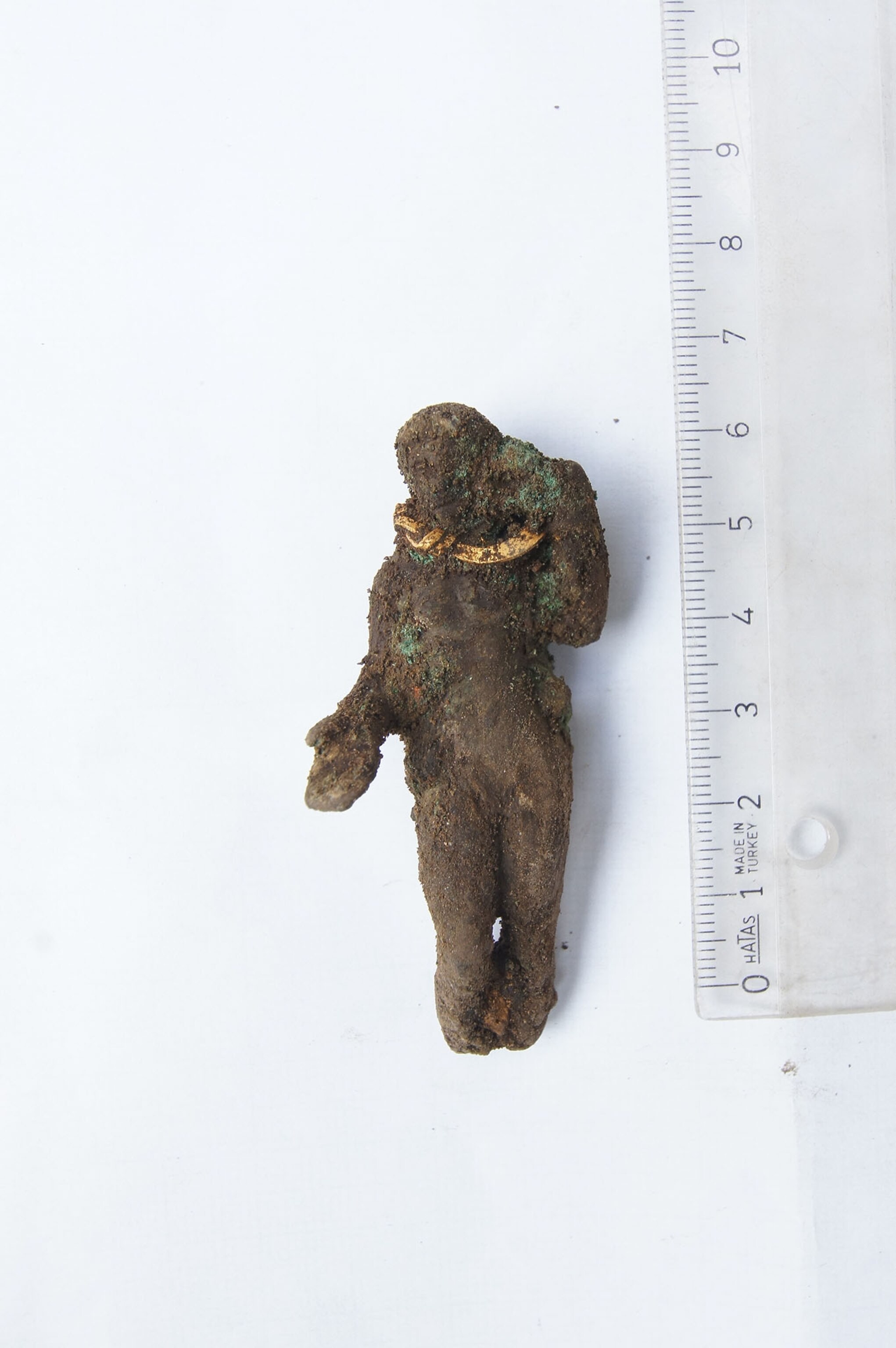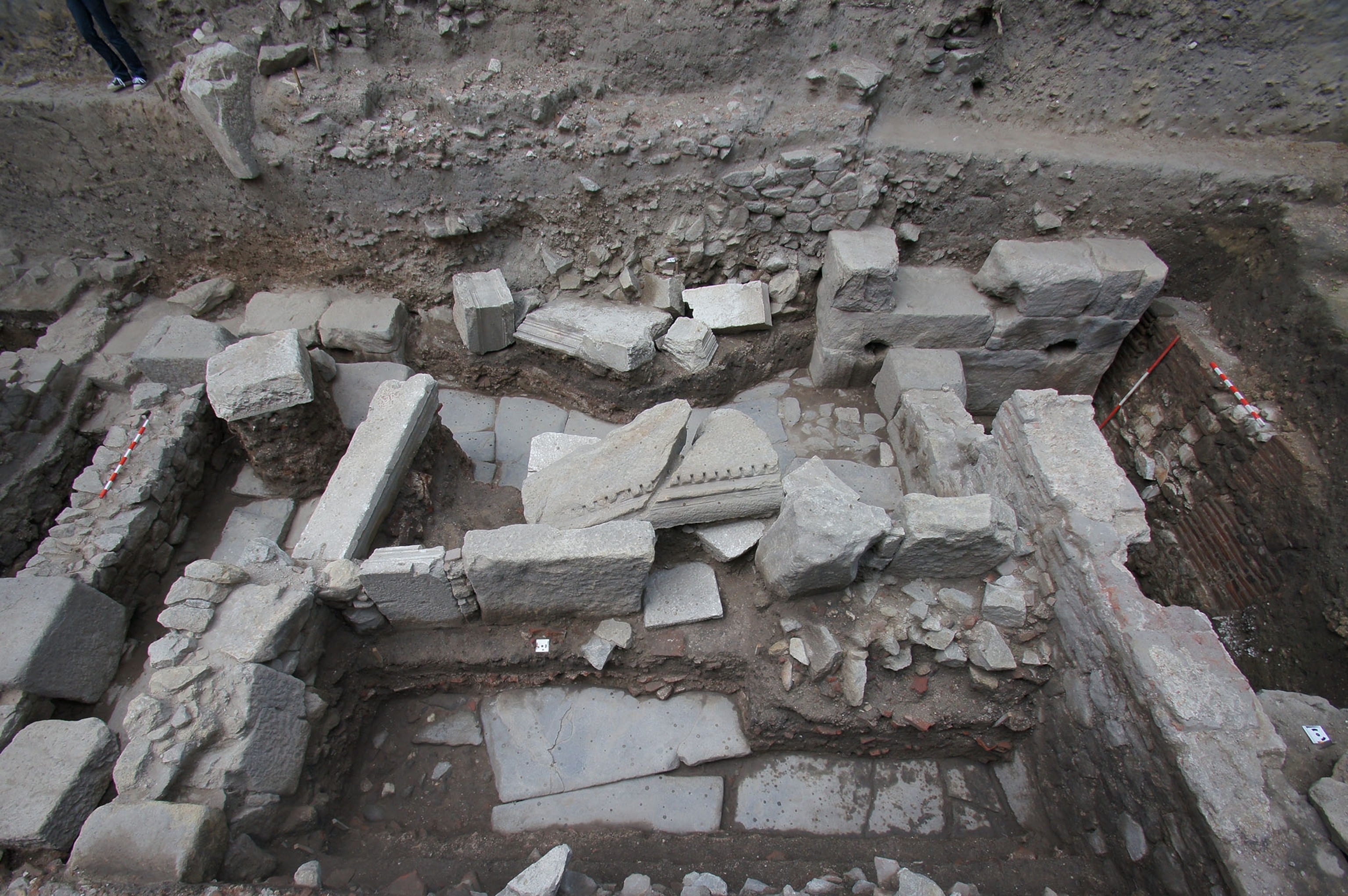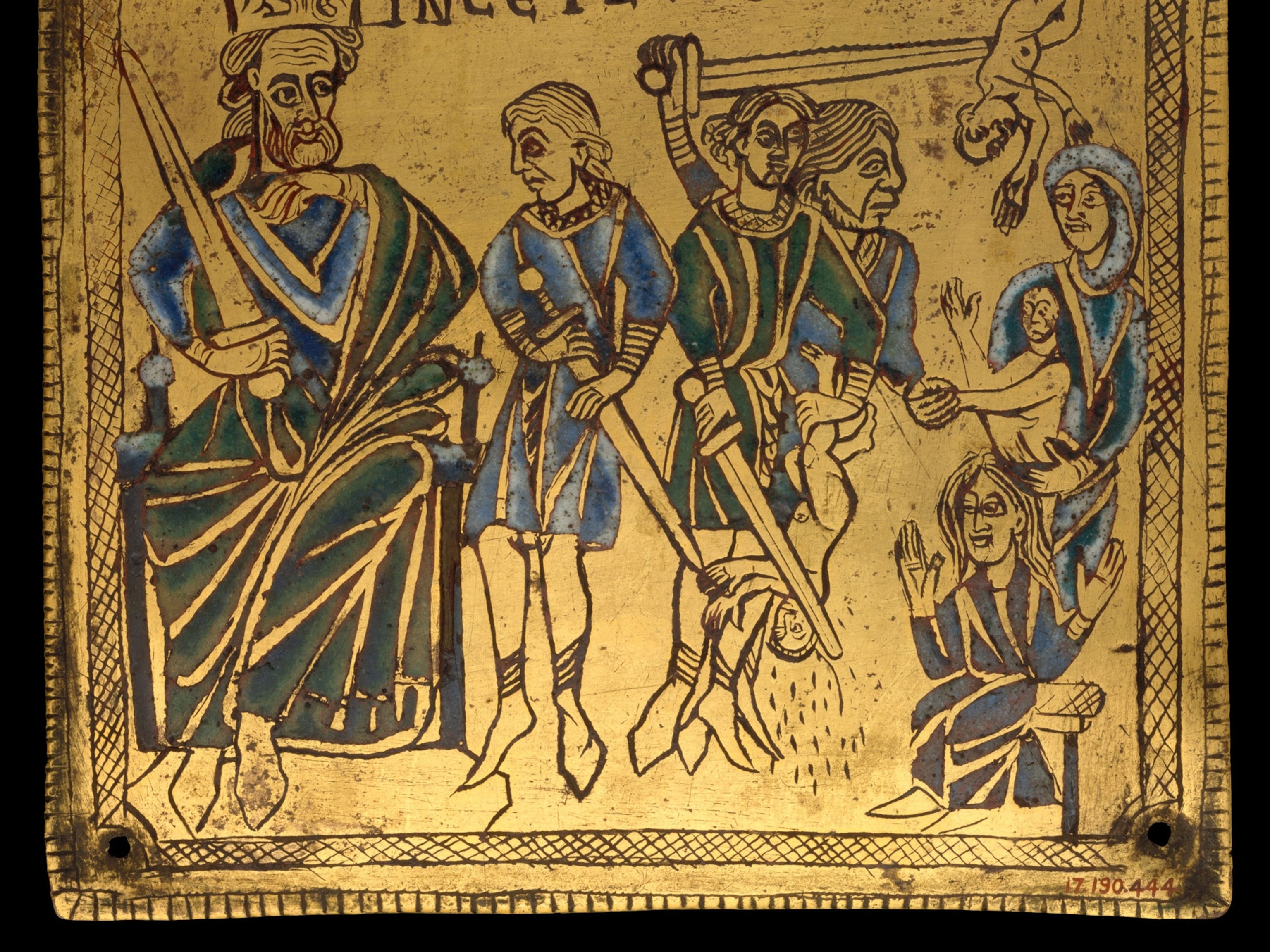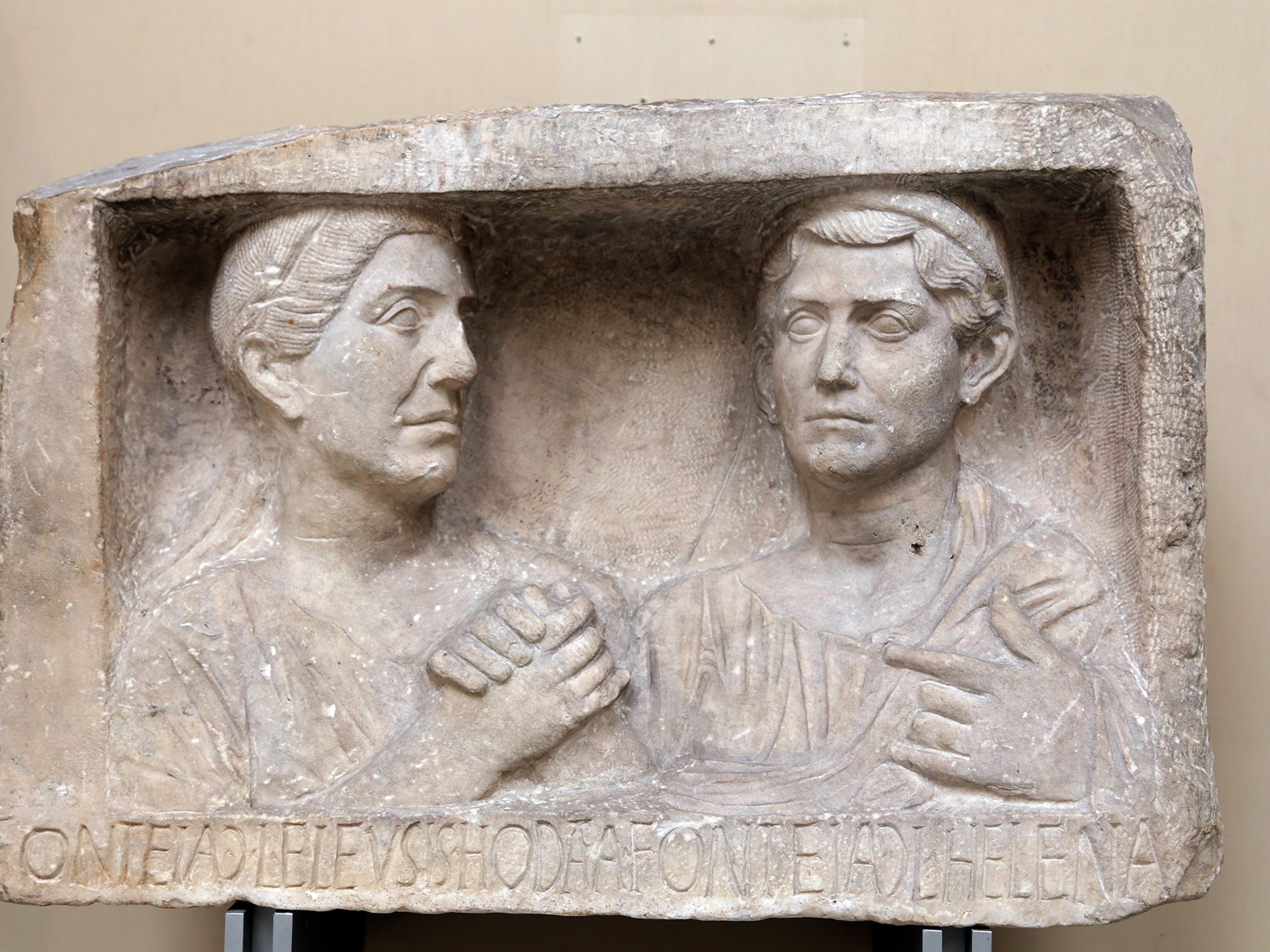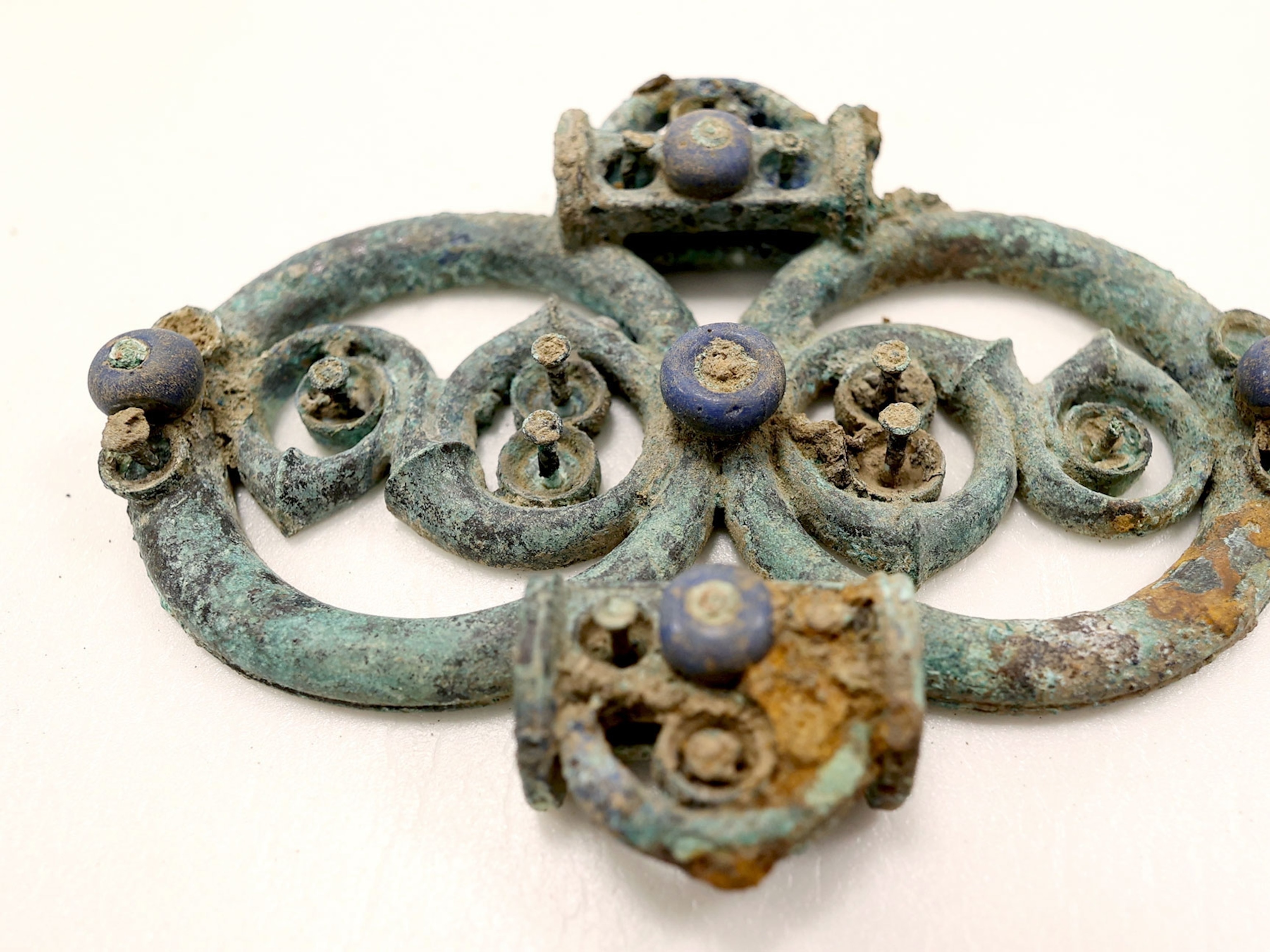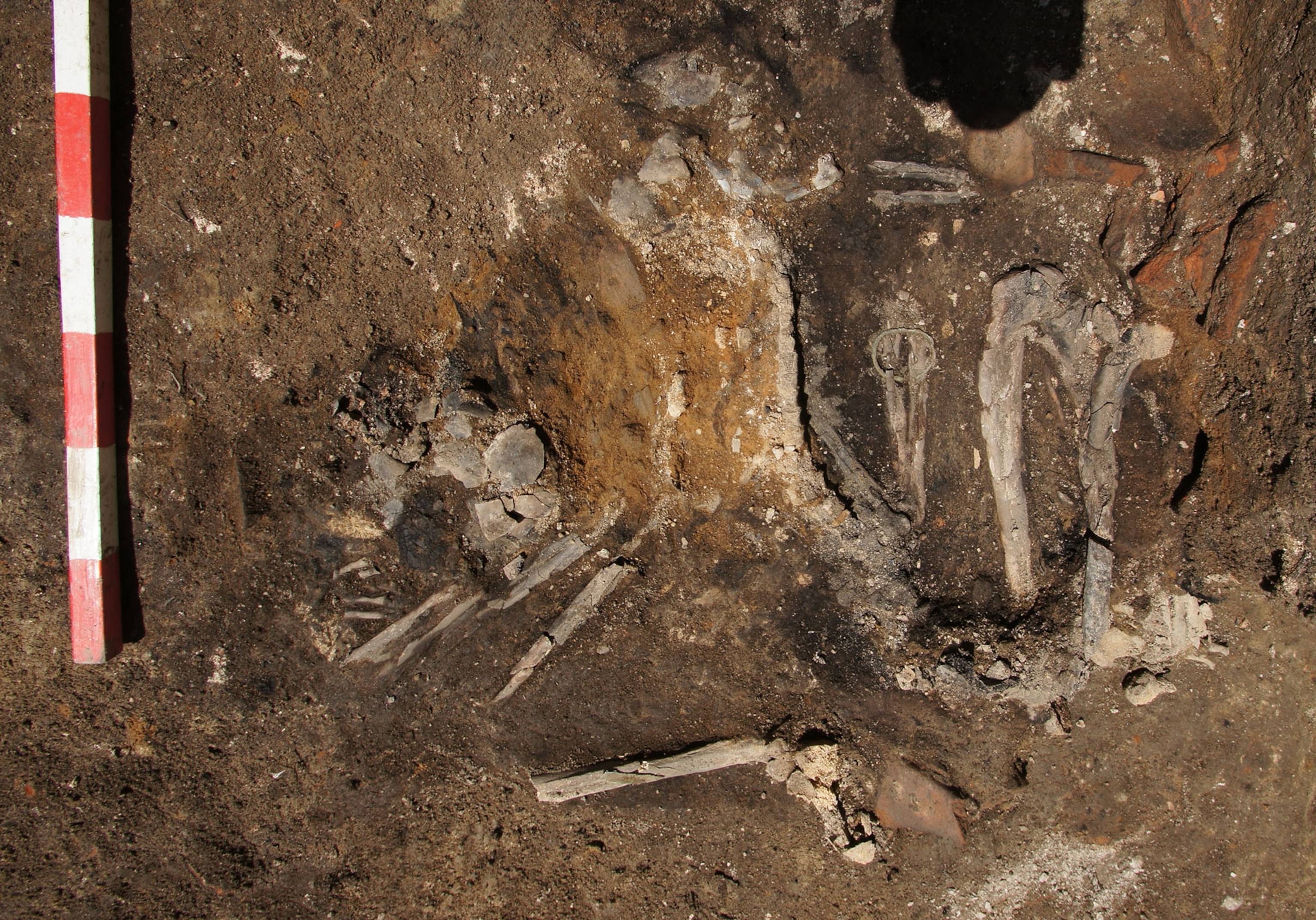
Burned Skeletons Are Rare Remains of Ancient Goth Invasion
The child and two adults lived in an ancient city in what's now Bulgaria before it was conquered by a Germanic army 1,700 years ago.
By the looks of their skeletons, they died gruesome deaths.
The 1,700-year-old remains of three people—a child and two adults—were recently unearthed by excavators in Bulgaria. Archaeologist Elena Bozhinova from the Plovdiv Museum of Archaeology found the remains at the site of an ancient city called Philippopolis near modern-day Plovdiv, Bulgaria.
According to the team, the grizzly discovery is likely linked to ancient Goth invasion in the region. While evidence of the Goth attacks has been previously collected, Bozhinova says, finding skeletal remains is exceedingly rare.
Each skeleton shows signs of dying in a fire. Researchers were able to see that one of the skeletons was a woman who was still wearing two bronze bracelets. Near the bones of the other adult, archaeologists found six coins and a bronze figurine depicting a naked image of the Roman god Venus wearing a golden necklace.
In the child's skeleton, archaeologists found an arrow head, suggesting a particularly violent end.
“The stratigraphic position of the burnt house and the artifacts suggest that the fire happened around the middle of the third century, when the city was conquered by the Goths,” says Bozhinova.
The Goths were a Germanic people who rose to prominence following the turn of the first millennium. They're perhaps most known for attacking the fading Roman Empire in the third century, before finally sacking Rome in A.D. 410.
They invaded Philippopolis in 251, burning much of the city. The town is still considered to be one of the oldest inhabited cities in Europe and had existed for hundreds of years before it came under Roman control. Later, it became part of the Ottoman Empire. The layers of history at the site are still being documented by teams of archaeologists.
For instance, the team is excavating long-buried remains of stone-brick buildings constructed between the second and the 14th centuries. Along with the skeletons, they found the remains of a main street that was likely flanked by houses and shops, and an arch that may have served as a monument. For what, Bozhinova says, archaeologists aren't sure.

